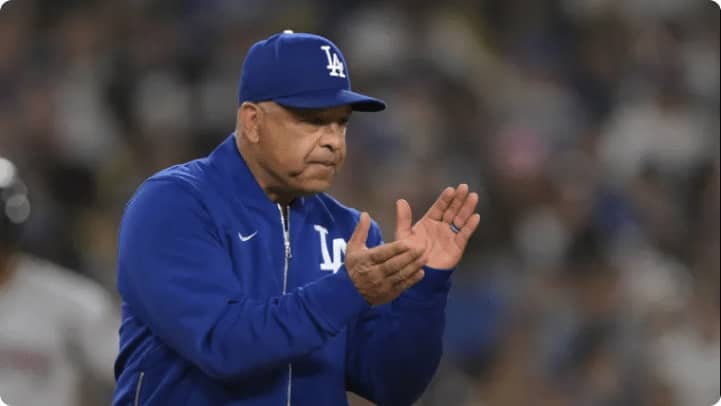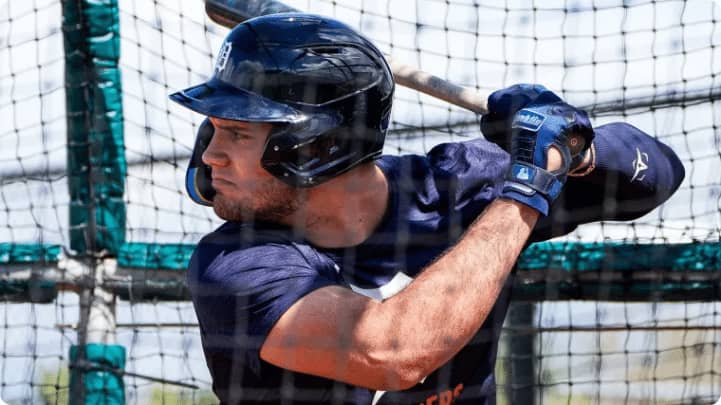Yoshinobu Yamamoto’s Early MLB Struggles: Adjusting to the Dodgers’ Spotlight
FEEL UNSTOPPABLE IN GEAR THAT MOVES WITH YOU.
From lightweight running shorts to moisture-repellent jackets – every piece is crafted for peak performance and head-turning style.
Need sports gear? Get it on sale now – discounts you can’t resist! <--ClickThe High Stakes of a $325 Million Investment
When the Los Angeles Dodgers signed Yoshinobu Yamamoto to a record $325 million contract, they bet on the Japanese pitching prodigy’s potential to replicate his NPB dominance. A three-time Sawamura Award winner, Yamamoto posted a career 1.82 ERA and 1,036 strikeouts in Japan. Yet his MLB journey in 2025 revealed the steep learning curve of adapting to a new competitive ecosystem.
Early Challenges: Command and Adaptation
The Struggle with Fastball Control
Yamamoto’s 95.5 mph fastball, once a weapon in NPB, became problematic in MLB. Through his first five starts, opponents batted .292 with a .610 slugging percentage against the pitch. Analysts highlighted poor location: 61.9% of fastballs were hit hard, often due to over-reliance on the strike zone’s center. A disastrous April 19 outing against the Mets—4 runs, 7 hits, and a homer—exemplified these struggles.
Secondary Pitch Adjustments
While his splitter (once his signature pitch in Japan) saw a .281 batting average against in early 2025, his curveball and cutter maintained effectiveness (.191 BA). Coaches urged him to trust these secondary pitches more, especially in two-strike counts. By May, reducing fastball usage from 37% to 30% helped stabilize his performance.
Coaching Strategies and Adaptation
Data-Driven Refinements
Dodgers pitching coach Mark Prior focused on pitch sequencing and zone command. Yamamoto’s fastball zone accuracy improved to 57.7% by late May—top 5% in MLB. Manager Dave Roberts praised his resilience: “His stuff is elite. It’s about refining his approach.”
Historical Context and Support
Yamamoto’s journey mirrors past Japanese stars like Daisuke Matsuzaka and Masahiro Tanaka, who faced MLB adjustments. The Dodgers’ deep rotation (including Shohei Ohtani and Blake Snell) provides Stability while he adapts. As of May 23, the team’s 32-20 record underscores their patience with his development.
Future Potential and Outlook
Yamamoto’s ceiling as a potential Cy Young contender hinges on mastering fastball command and maintaining secondary pitch effectiveness. The Dodgers’ investment reflects belief in his ability to bridge cultural and competitive gaps. For now, incremental progress—like his May 15 six-inning strong outing—signals hope for sustained success.
Conclusion
Yoshinobu Yamamoto’s early MLB struggles exemplify the challenges faced by international stars transitioning to the highest level. With the Dodgers’ support system and his own adaptability, the path toward realizing his $325 million promise remains navigable—but demands continued refinement of both mechanics and mindset.









